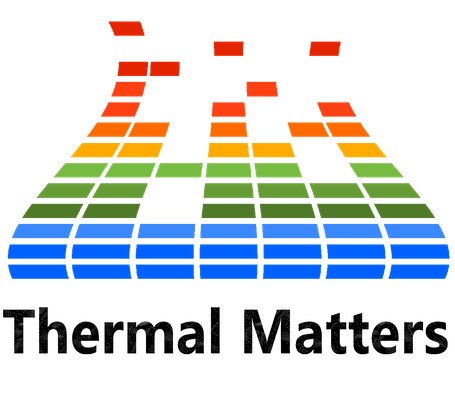Our Service to You
We are a one-stop-shop, specialising in temperature verification, validation and measurement, so you don't have to.

Consulting
We utilise methodologies found in Engineering but adapted by ourselves for the food industry. Enabling you to do more with less:
- More control of your chilling and freezing
- Better understanding of your products and equipment
- Peace of mind, that all the produce is being cooled correctly.
- Optimising chill times
- Reducing waste
- Increased energy efficiency
- Improved data gathering and reporting to auditors
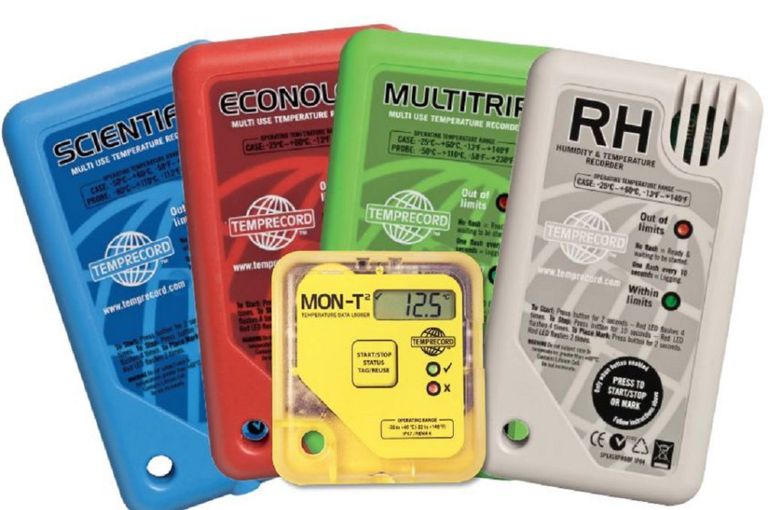
Sales
Using the best equipment for our consultancy work, we can supply the same to you. Continue to get the most out your processes and efficiency by continuous monitoring and recording. Our equipment has to be robust and easy to clean for the demands of the food industry, so we choose the best.
We use a unique technology, found in the CelsiusChecker, which can determine the temperature of products through packaging, without damaging the product at all. It eliminates wastage during validation and production testing.

Training
Cooling and storing of chilled and frozen products is a Critical Control Point, all HACCP training includes the essentials of temperature and time constraints.
We go much further, by exploring the physics of heating and chilling, how heat energy moves in food and what affects the the rate of temperature change. We investigate the elusive 'core temperature' and zero in on finding the warmest part to test.
We train every level from Operative to Group Technical Director and ensure that staff understand the 'how' as well as the 'why'.
This increased knowledge means staff become proactive rather than reactive. They adapt to new products and recipes and think about how sampling can still give peace of mind.
Adding Value From Farm to Fork

Manufacturing
The manufacture of our chilled and frozen food is very energy intensive and safety critical. Foods that involve heat treating, cooking or baking are always energy intensive. Energy is required for processing, then most, if not all that heat has to be removed to prevent microorganisms multiplying and potentially causing illness. Cooling equipment is generally in the form of blast or spiral chillers/freezers.
Our unique validation and verification processes help customers ensure that their products are cooled in the most effective and efficient manner.
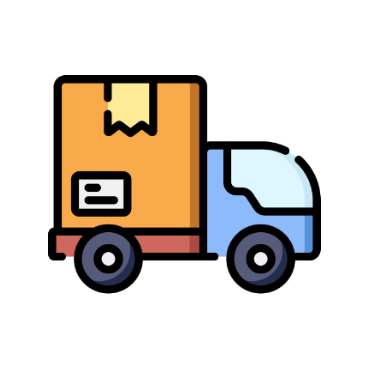
Supply
The product is complete, cooled to the correct temperature, but now it has to be kept there, to limit the growth of pathogens and spoilage organisms.
Problems occur if the product has not achieved the target temperature. Vehicles' chillers are designed to hold, not chill and insulated packaging does a good job of keeping the cold out!
Our temperature and humidity dataloggers are designed to follow the product on the road, wherever it takes them. They ride along in the boxes and report on their journey when they arrive at the destination. Validation involves analysing how the packaging, packing of boxes and time in transit can affect product temperatures.
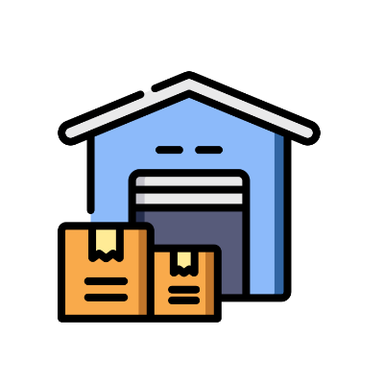
Distribution
Food is usually taken to large distribution depots, where it is split to carry on its journey. This gives the opportunity for more testing and chilling if required.
Checking the alarms on the data-loggers is a quick and simple process and the CelsiusChecker unit's unique technology means that no food is damaged while testing, meaning no waste!
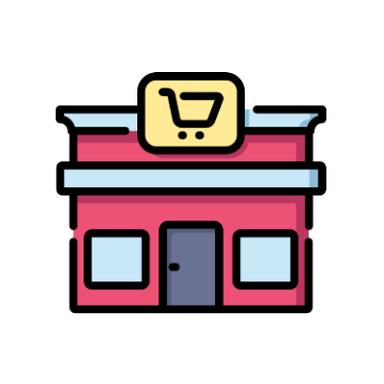
Retail
The end of the journey, at least until it starts its onward travel to houses and restaurants etc.
One of the biggest challenges of food temperature control, is making chillers accessible to customers but still maintain product temperature effectively. Who hasn't gone to the back of a chiller to get the colder milk?!
Cabinet temperatures do not necessarily reflect the product temperature and probing product is expensive and wasteful. CelsiusChecker measures the product temperature without damaging it, ensuring the product is stored safely and efficiently.
Methodologies
We have adapted and adopted methodologies created for other industries and applications, because they ensure that processes and procedures are the best they can be and all of a customer's products are of the highest quality all day, every day! .
Capability Maturity Model
A development model created in 1986 after a study of data collected from organizations that contracted with the U.S. Department of Defense, who funded the research. The term "maturity" relates to the degree of formality and optimisation of processes, from ad hoc practices, to formally defined steps, to managed result metrics, to active optimization of the processes. - Wikipedia
Adopted initially for software development, we have adopted the model to help us and our customers understand their processes better and make those processes, the people and the business, more than the sum of their parts.
Gage Repeatability and Reproducibility
Commonly referred to as Gage R&R. It is a method used in Six Sigma to look at variability in measurements.
A gage, in this context, is a tool used for measurement. A gage could be simple, like callipers and ruler. Or it could be a complex piece of machinery. It could even be a piece of software.
Gage R&R focuses on two key aspects of measurement:
- Repeatability: how much variation do we see in measurements taken by the same person, on the same unit, using the same tool?
- Reproducibility: how much variation do we see in measurements taken by different people, on the same unit, using the same tool?
Looking at these two metrics helps us to understand variation in our measurements. When we understand it, we can combat it.
Validation and Verification
Often confused and interchanged, these processes are used to test the inputs, processing and outputs of a system.
Verification and validation are independent procedures that are used together for checking that a product, service, or system meets requirements and specifications and that it fulfils its intended purpose. These are critical components of a quality management system such as ISO 9000. The words "verification" and "validation" are sometimes preceded with "independent", indicating that the verification and validation is to be performed by a disinterested third party. "Independent verification and validation" can be abbreviated as "IV&V" - Wikipedia
For our purposes, Validation is testing that the system, processes and procedures will produce safe food cooled correctly and Verification is checking that they also work in practice with all the likely variability.
We need your consent to load the translations
We use a third-party service to translate the website content that may collect data about your activity. Please review the details and accept the service to view the translations.
